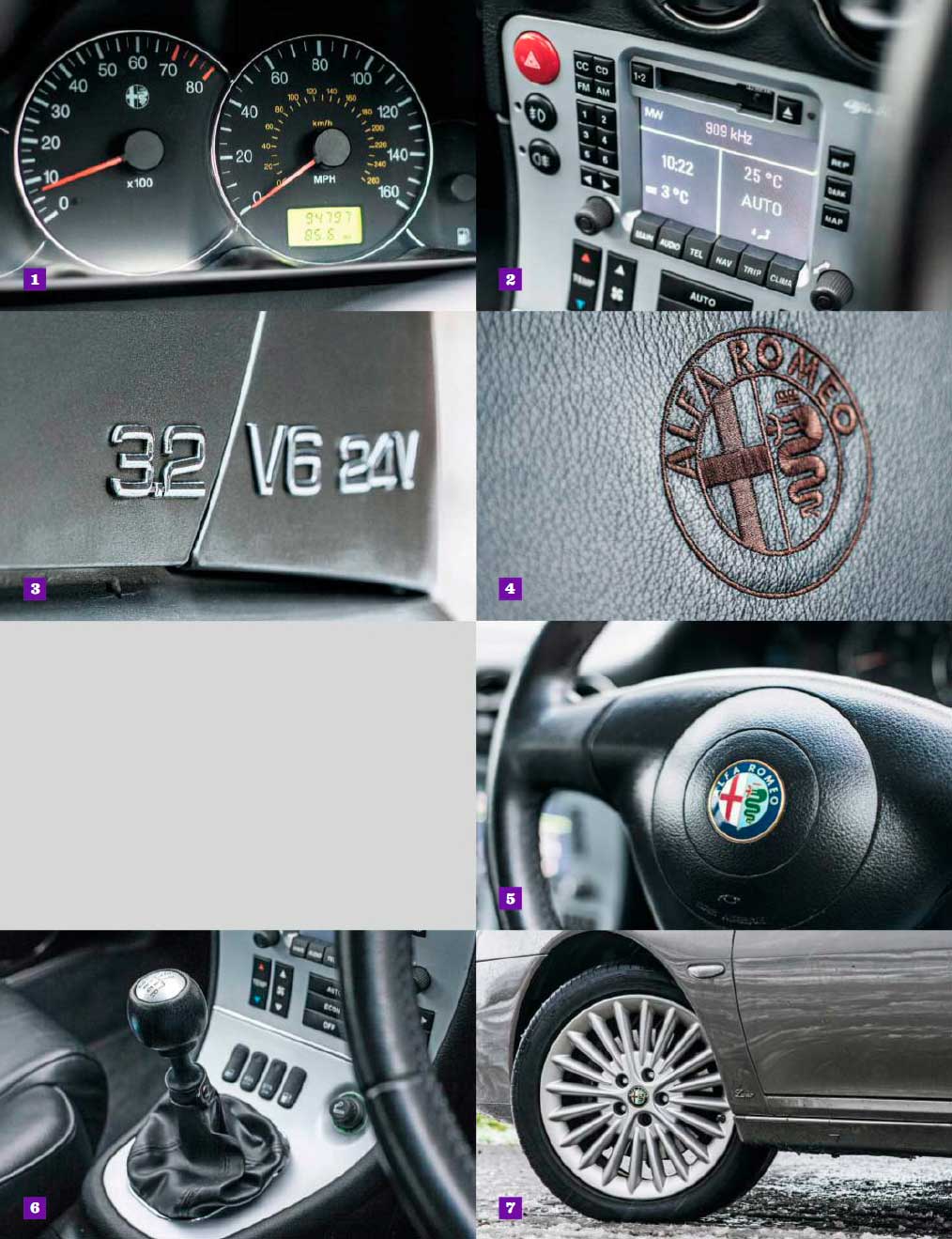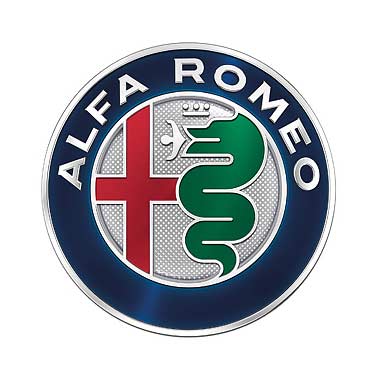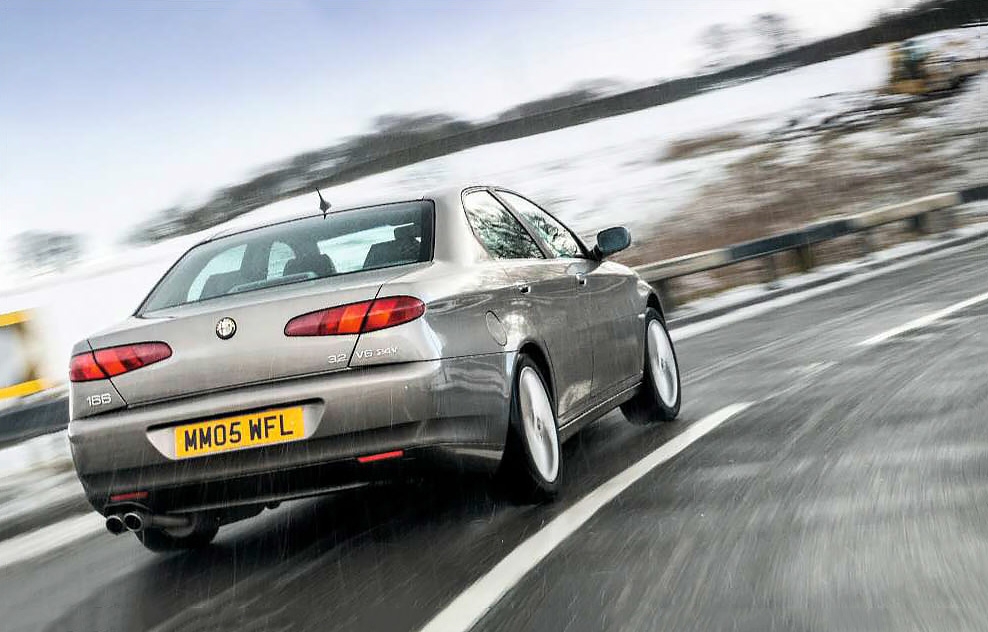
The Phase Two Alfa 166 V6 is rare enough to raise quizzical eyebrows and sufficiently upmarket to raise the driver’s chin. We take a cool drive. Words Sam Dawson. Photography Adam Shorrock.
ALFA ROMEO 166 3.2 V6 The Phase Two Alfa Romeo 166 V6 is rare enough to raise quizzical eyebrows from passers by yet is easily capable of raising a smile from the driver. No, it’s not broken No, Sam’s Alfa 166 hasn’t had a sabbatical from onward movement, and nor has he parked it like a prat – he’s just setting up for a static shoot.
Enigmatic cars are cooler than overtly exotic ones, but they’re harder to pin down. There’s an inherent satisfaction to slinking around in a car that’s distinct from the usual commuting hordes and can catch the casual petrol-head’s eye but will leave them unable to identify why.

The Phase Two ‘facelift’ Alfa Romeo 166 is such a car. Unlike its German rivals from the 2000s you won’t see an abused estate version on sagging suspension, or be picked up by a pine-scented, chugging diesel minicab version. The original 1998 166 had a face like a three-toed sloth and steered buyers away, so much so that when its replacement was quietly launched in late 2003 no one really noticed. Yet all it took was a frontal restyle to turn Italy’s Ford Scorpio into something reminiscent of a Maserati Quattroporte – and with the optional 3.2-litre V6, it wasn’t far off the Maserati in performance either. Ironically for a car so rare, survival rates are very good. There may only be 53 Phase Two V6s to choose from on UK roads today, but they only sold 75 in the first place. So it’s rarer than those Quattroportes too…
There’s something imperious about the 166 Phase Two. Maybe it’s the way in which owner John Thacker has brought it out, undaunted, on the kind of day that would have most classic owners hammering jagged bits of wood over their garage doors. It could be the unfazed manner in which it strides across the landscape like an invading army. Plus there’s definitely something about its snout. It’s a subtle question of proportion. If headlights can be likened to eyes and grilles to noses, then this Alfa looks down disapprovingly at everything in its path. In a world where BMWs and Lexuses look psychotically furious and Mercedes-Benz are overly glitzy, the Alfa’s haughty appearance almost lifts it into the realm of Bentley. It’s much more at home outside a Viennese opera house than pounding motorways covered in brake dust.
Inside it reinforces this sense of elevated calm. Behind the wheel I’m reminded of the Ferrari 456M GT. It’s partly the shape of the fascia with the three semi-cowlings on the top of the centre console, but also its sheer simplicity. The steering wheel is free of buttons, everything is clear and logically laid out, and the dashboard isn’t constantly begging you to deploy some unnecessary electronic gizmo. It’s actually quite a basic car, kit-wise, but in a very stylish, high-quality way that speaks of 1990s super-GTs.
The driving position is impressive too. Thanks to its length-emphasising design, there’s no pointless ‘rising waistline’ or enormous rear pillars, trying to give an impression of tense sportiness. What keeps the exterior elegant also makes it light and airy on the inside – you don’t sit overly high, in fact you’re fairly close to the centre of gravity, yet there’s great, expansive all-round visibility, again like the 456M, thanks to low window lines.
The V6 is almost silent at idle. Initially this is disappointing given the engine’s reputation, but you soon realise it’s intrinsic to the car’s character. Enigmatic cars slink silently away from hotel entrances – they don’t shriek and scream their arrival at the top of their lungs. There are many aftermarket exhaust systems for the 166 that’ll get the 3.2-litre Busso V6 howling like a V10 BMW M5, but this would miss the point of the car somehow.
At low speeds it feels strangely lacking in torque, and first and second gears engage in an indistinct, rubbery way. They’re long ratios too, so you have to learn how to make that unruffled getaway – rev too hard in first and you’ll look like a learner on their first lesson. Shift into second too early and the car will make an unseemly lurch forward. This makes the 166 sound like an ideal candidate for an automatic gearbox, but it isn’t – the Busso V6 is a naturally revvy engine that’d be strangled at its top end by a torque converter, yet doesn’t quite muster the thump to convert into an effortless getaway. Stick with the manual, and learn its ways.
Crucially though, nothing’s rattling. The Peak District roads above Buxton are rough, with cracks and craters made worse with rumble-strips of ice hardened onto them today. Back when this car was new I was driving around in a 155 which managed to vibrate untraceable bits of interior trim even on smooth motorways. That sense of slapdash build quality just isn’t present in the 166 – everything from the suspension to the door cards has the kind of thick-clad, deep-pile solidity you’d more readily associate with a W124-generation Mercedes-Benz E-Class.
But get it past 2500rpm and it transforms into a very different car to the whispering glider it seemed to be at town speeds. That V6 has a note of Ferrari V12 about it when wound up. The thrust becomes sudden and urgent, spurring you deeper into the rev range, yet it never forgets its manners – it’s never harsh, thumping in torque via uncouth induction-manipulation trickery, but dollops its urge to the front wheels in generous treacly ladlefuls.
Ah yes – the front wheels. As well as latent badge-related prejudice and the lukewarm market response to the Phase Two’s immediate predecessor, its front-driven layout was unusual in the executive-saloon segment and was looked down upon as a probable sign of lazy platform engineering. Ironically, the only car it shared anything with was the equally prestigious and even more enigmatic Lancia Kappa, and front-drive never seemed to count against the Audi A6 or Volvo S70.
Tackle these snowbound Derbyshire roads and rather than fishtailing wildly as an E39 BMW 5 Series might (with its traction control off), the 166 shrinks around you like a good hot hatch. It may be the front wheels being driven, but Alfa Romeo learned how to make such a saloon handle the hard way back in 1992, when the early Fiat Tipo-based 155 was unexpectedly panned by the motoring press. Alfa’s response was to take it racing and apply the lessons learned in winning several Touring Car championships to its road cars.
You see it in the 166’s stocky, wide tyres, their asymmetric moulding and sidewalls that stand significantly proud of the beading, ready to absorb hard-leaning cornering forces. The 166 keeps its body in check mid-corner – even on ice – as neatly as many four-wheel drive saloons.
Again, I’m reminded of the Ferrari 456M, even though I know full-well the 166 is achieving its chassis balance mechanically through its tyres and suspension geometry, rather than the 50/50 mass-distribution of the front-mid- engined Maranello car, meaning there’s no real potential for throttle-adjustability. That said, it’s not that kind of car – wilfully drifting something this big on roads this narrow would be idiotic, plus any sense of enigmatic cool would soon evaporate. Its surefootedness even when cornering hard makes it feel like a great GT.
The powerful brakes are confidence-inspiring, even in the icy conditions we’re experiencing today, and there’s a newfound slickness to the gearchange once it’s in its third- fourth and fifth-sixth planes, all the better to explore the upper reaches of the Busso V6’s rev range. Because it’s when you’re on the move, soaring across continents, that the 166 V6 feels most special. Rather than yelping when stationary at the lights, the engine is at its most vocal when you’re most likely to be enjoying it naturally, away from the dreariness of the motorway, unnecessarily double-declutching down two ratios for yet another challenging bend and hearing that rich aria bellowing from behind the bulkhead, or having knocked the stick down a gear to ascend a steep rise.
I don’t know whether Alfa tuned this engine aurally when they chromed its inlet pipes, but its sound seems as finely-honed as a musical instrument. It’s in its element when you’re enjoying roads like these, but it never manages to sound strained. Even in its long, low gears it’s muffled, only letting you really hear it when it’s ready.
I suspect if you tried to find out at which point it ran out of oomph in higher gears you’d start panicking and scanning your mirrors for flashing blue lights long before the induction roar lost the ability to inspire. Again, Ferraris do this, whereas Mercedes-Benz saloons don’t unless they’re wearing AMG badges, big-bore exhausts and the kind of bodykit that wouldn’t look out of place in the later issues of Max Power. The only badges on the 166 3.2 are simply numbers, with the trim level – luxury ‘Lusso’ in this case – in free-flowing script on the bottom of the front wings.
As we descend from decidedly Alpine scenery and into the Regency spa-town splendour of Buxton, I’m starting to pick up on the public reaction to the 166. No one ignores it, yet unlike one of its German rivals they don’t refuse to let it out of side-turnings or cut it up trying to get ahead of It at a two-into-one lane when the lights change. As I prepare to turn into Water Street, running down to The Square bordered by the Opera House and Regency Gardens, a farmer in a battered, mud-splattered pick-up truck laden with agricultural tools waves the Alfa out of a junction. There’s a smile on his face, but it’s also an expression of pleasant surprise – he’s obviously thinking: ‘You don’t see those every day…’
I park the Alfa in The Square, in a way I know full-well will generate comment as some might think it’s an obstruction, although there’s plenty of space round it. If I’d been in an Audi I know I’d have been asked to move it, whereas in a Maserati I’d have been bombarded by people with lots of questions. The 166 generates a very different reaction – one of detached, distant approval. A slow walk around it followed by a beaming nod at the sight of the Alfa badge and shield grille is the most common response.
Some passing teenagers even snap a photo of it on their camera-phones – surely only a supercar would usually prompt that? The truth is, the 166 just has that ‘certain something’ about it. It has presence.
As I hand the keys back to John, it suddenly strikes me that despite wearing a badge seen every day on family hatchbacks, the 166 3.2 is actually more special even than the current Maserati Quattroporte and Ghibli. It harks back to an era of rarely-seen, little-known exotic Italian saloons that came to an end when Maserati went mass-market and started offering diesels on billboard- advertised PCP deals via dealerships in every town. It hints at an era of shadowy ‘concessionaires’, tiny sales figures and Corleone-style customer service, of De Tomaso Deauvilles, Iso Fidias and Fiat Dinos.
Regardless of this ethos’s economic stability, there’s no denying that it was something cool that has since been lost. In truth, it was a culture that was dead even before the Alfa Romeo 166 Phase Two 3.2 was built. And yet, this car seems like its very last remnant, a glowing ember to revive and cherish in the knowledge that nothing like it is likely to emerge from Italy again.
The Modern Classics View
The Alfa Romeo 166 V6 Phase Two is unlike almost any Alfa that went before it. In the past, poor-selling Alfas were usually down to tales of shocking build quality causing residual values to wilt like petrol-station daffodils, or just being plain bad cars. Fear not – the 166 is a superbly-constructed machine that sounds genuinely exotic and drives like a giant hot hatch. The few that were sold have been cherished by enthusiasts and it should be no more trouble to own than a BMW of the era. Millennial Mercs were far worse than this.
Then again, it is hard to value. It’s not like its more direct ancestor, the 1987 164. Prior to the new Giulia, the 164 was a rare incidence of Alfa capturing a chunk of the emotionless but volume-buying ‘executive’ sector, but this made it a once-common sight that visibly deteriorated on the second-hand market over the course of two decades. Like big Citroëns, Alfa 166s never troubled the realm of bunting and Portakabins. And because of the lack of an estate or, in the UK market, a diesel, it never appealed to the kind of people who run their cars into the ground either.
But it’s still an executive saloon, rather than a raw sports car or homologation special. While it will hold its £5k value if it’s in good condition and the Alfa Romeo Owners’ Club will always ensure it’s well supported, it might struggle to make its mark on the broader market.

Then again, herein lies its appeal. It’s a big, cool, enigmatic Italian saloon. This puts it in a pantheon including various V6 Maserati saloons and the Lancia Thema 8.32. These things were unloved for decades, but you’ll need pockets like the Marianas Trench if you want one now. The same could tentatively be said of this Alfa, even if it needs a few decades to get there.
THANKS Alfa Romeo Owners’ Club, Alfabook, Alfaowner.com
Tech and photos
SPECIFICATIONS ALFA ROMEO 166 3.2 V6
Engine 3179cc, 6-cyl, DOHC
Transmission FWD, 6-speed manual
Power 237bhp at 6200rpm
Torque 213lb-ft at 4800rpm
Weight 1540kg
PERFORMANCE
0-60mph 7.4sec
Top speed 152mph
Economy 23mpg
53 UK cars left
WHAT TO PAY
Concours £7000
Good £5000
Usable £3500
Project £2000
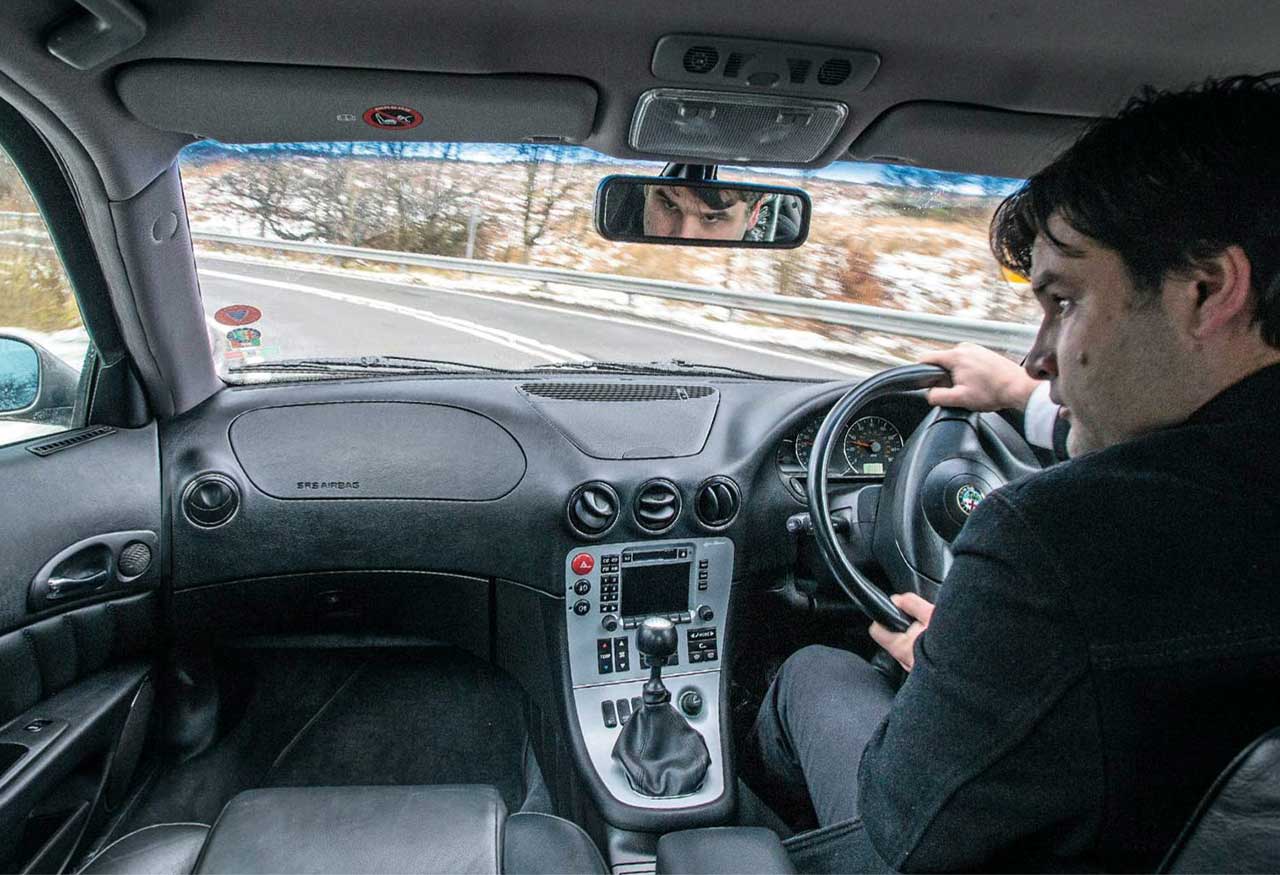
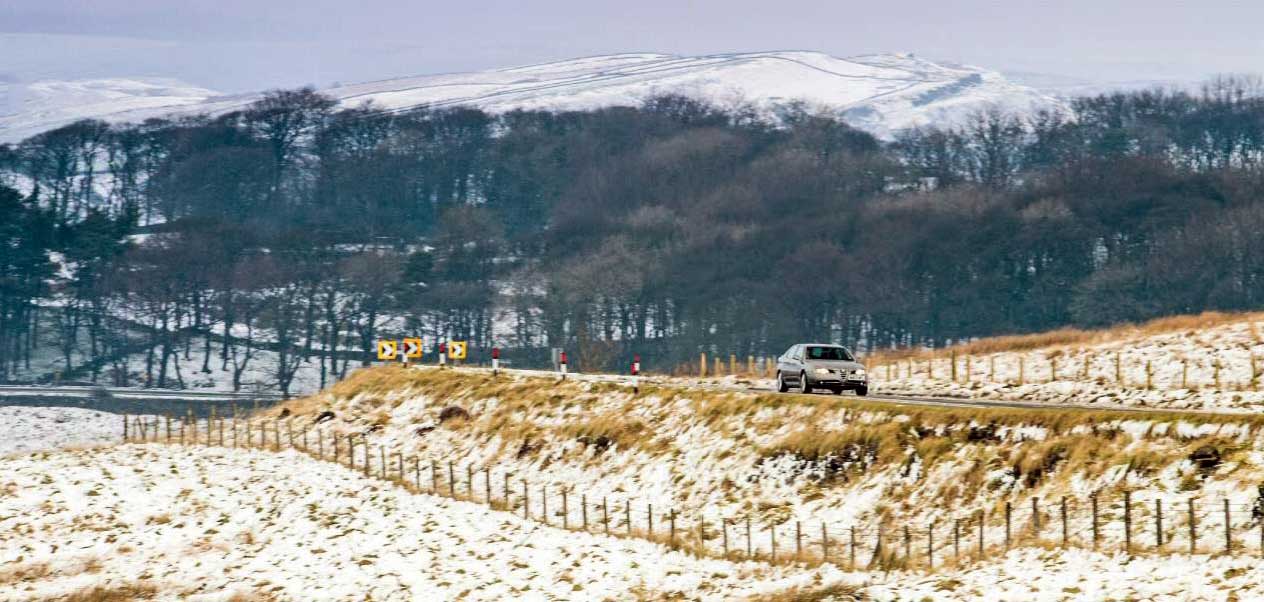
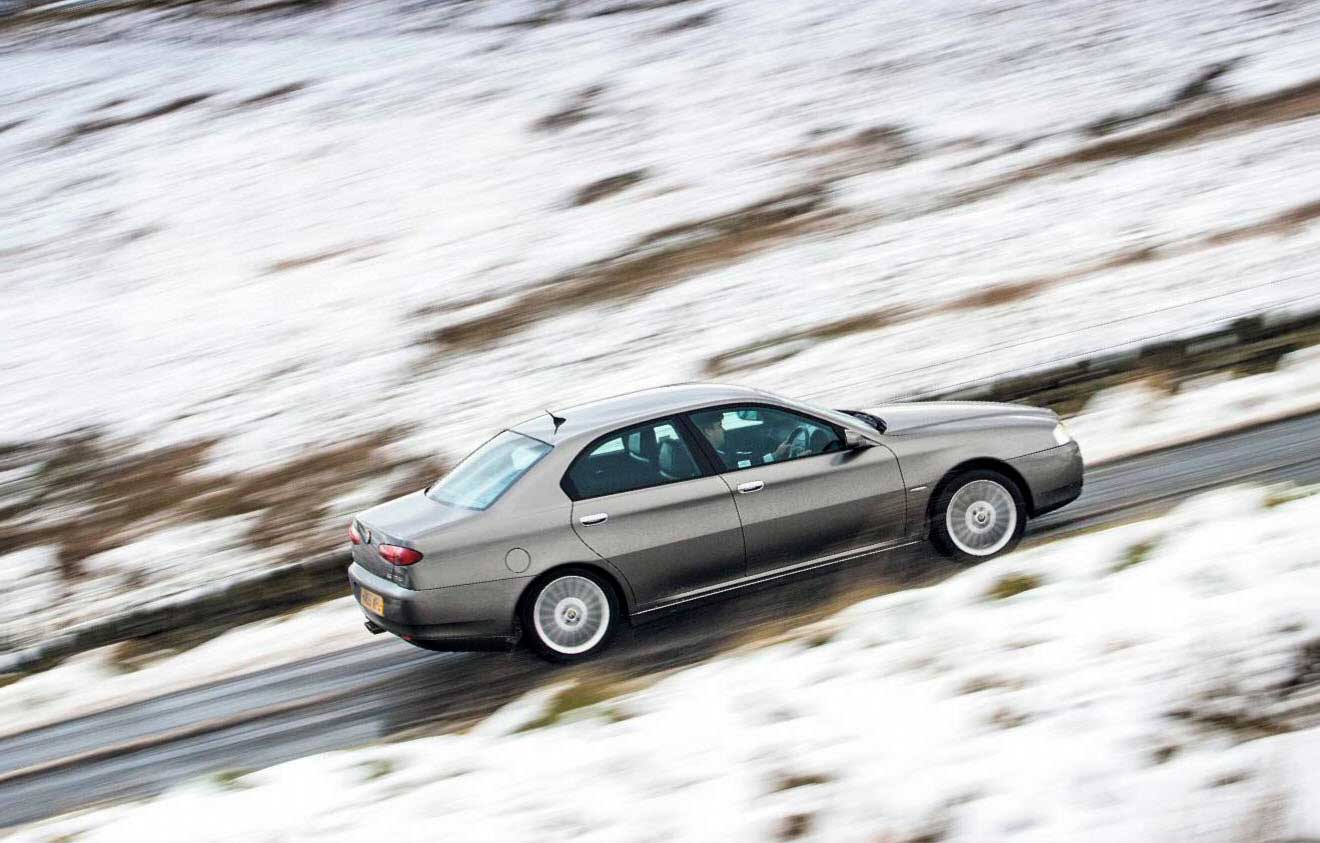

I BOUGHT ONE JOHN THACKER
Royal Navy submarine engineer John’s mint Alfa-Romeo 166 3.2 Lusso is the latest in a long line of Alfas, starting with ‘Suds’, and he’s kept nearly all the cars he’s owned. ‘It only cost £5000,’ John says. ‘I’ve driven them across France to visit my son, and so long as the right preventative maintenance is carried out they’re very reliable.
Blame Gilles Villeneuve for my Alfa obsession – I grew up watching him and wanted a Ferrari but couldn’t afford one; Alfasuds were the next best thing!’
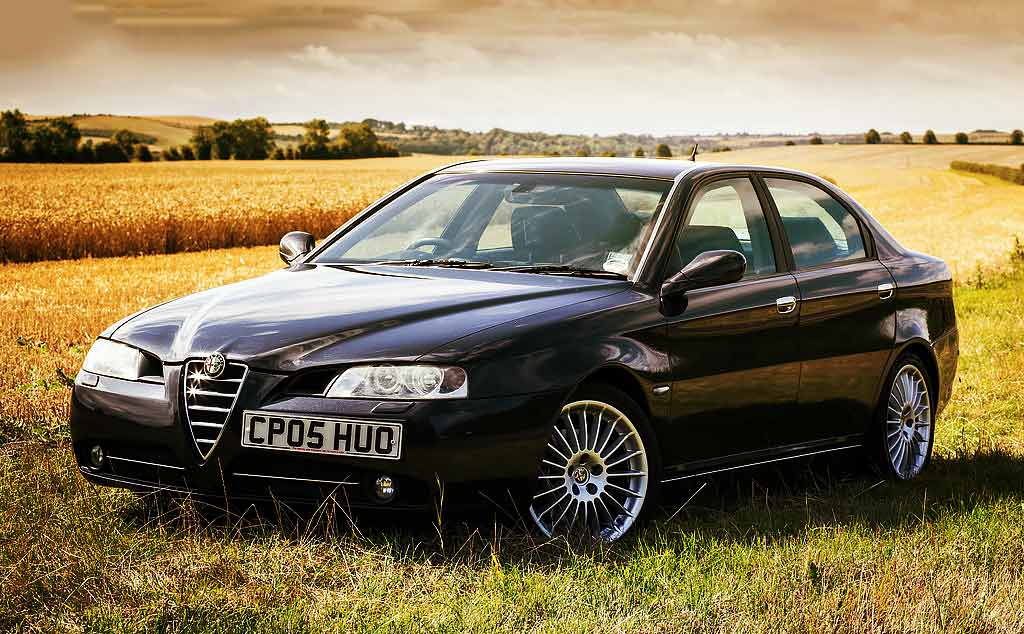
NEED TO KNOW
The following buying tips are from Neil Smith of NJS Alfa Romeo, Pershore. They’re very well-sorted cars and not a huge amount goes wrong, although the most critical piece of maintenance is cambelt, which is expensive but must be done at 45,000-mile or five-year intervals in order to avert disaster. The manifolds need removing in order to access the belts and it’s a good idea to replace the water pump at the same time, an operation that comes to £750 all in.
High-mileage 3.2-litre V6s have been known to suffer exhaust valve seat recession, a problem usually first flagged up by the engine-management light coming on at idle. This entailsa £2k cylinder head rebuild including reground valve seats.
Generally speaking, a well-kept 166 shouldn’t rust – they feature best-in-the- business rust protection and no known rust traps. The only exception is the rear suspension strut tops. Unfortunately these are no longer available as spares, meaning you’ll have to find a second- hand set if yours turn out to be shot – and this is a very rare car, so budget at least £170 each and expect to spend a long time looking. With a lot of power and weight bearing down on the front axle, suspension wear is a known issue if not a regular problem. It’s usually the upper wishbones that suffer the most – budget £160 per side. Handbrake cables have a tendency to seize if left engaged when parked for long periods of time– budget £250 to fix.
Heater matrixes leak, but there is some consolation – at least it’s not a dashboard-out job to fix them, so it’s a relatively affordable £400 to put right.
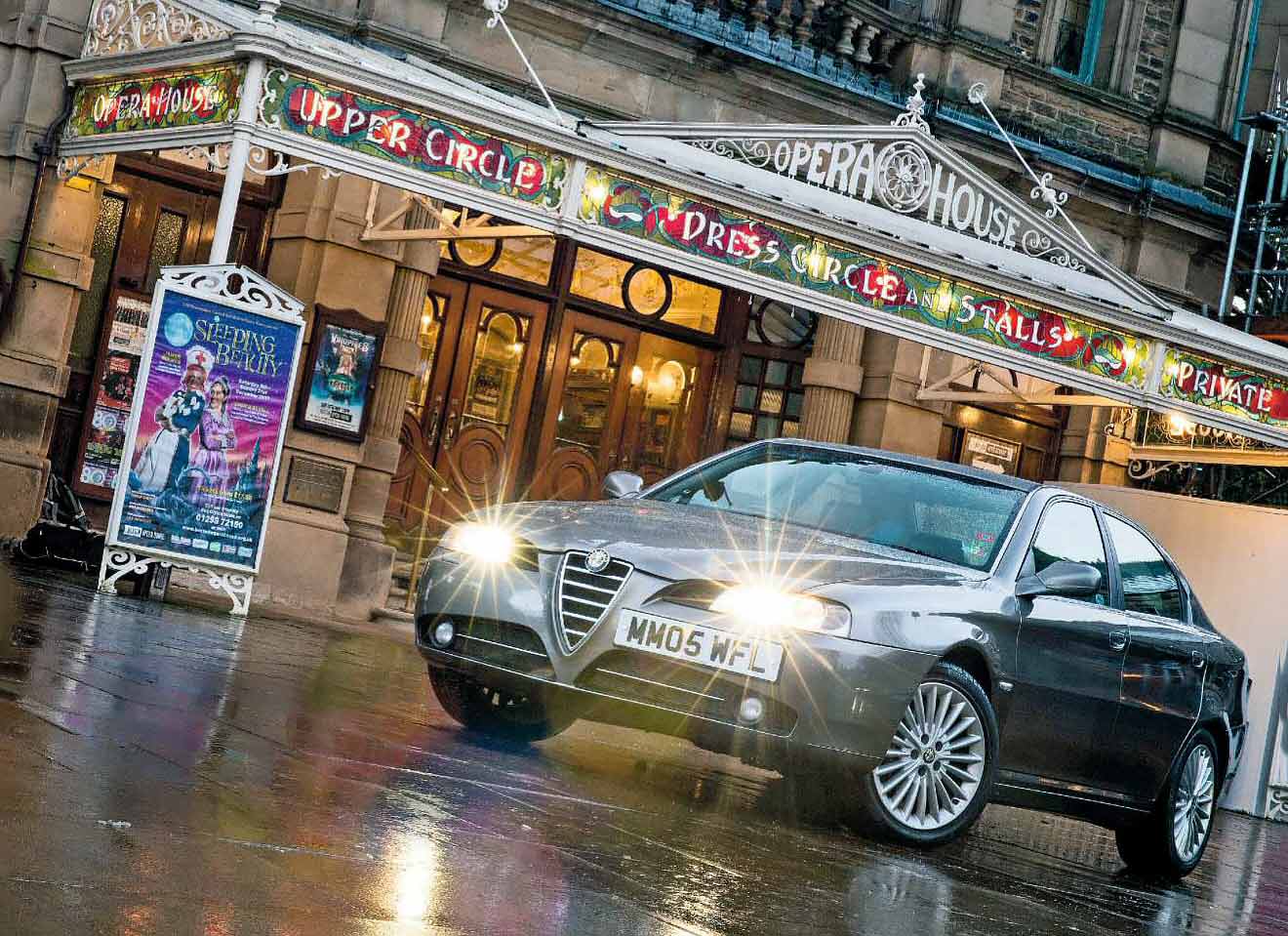
GAC TRUMPCHI GA5
It may have a name that sounds like a Glaswegian insult and looks like a bloated Mondeo, but it’s under this unlikely Chinese guise that the Alfa Romeo 166 is still available. Sort of. After 166 production stopped, Chinese firm GAC (Guangzhou Automobile Group) bought the tooling to build its underpinnings and launched an entire brand based initially on the 166 platform: Trumpchi (‘Legend’ in Chinese).
By all accounts the most direct 166 derivative, the GA5 saloon, handles well, although with the range topped by a licence-built two-litre Alfa twin-cam it doesn’t have the heave of the V6. You can buy a hybrid model, the REV, with a one-litre engine coupled to a range-extender electric motor.
The GA5’s sister model, the GS5, is an SUV with strong hints of BMW X5 and Subaru Outback. The remains of the 166 platform was re-engineered for optional all-wheel drive. Just goes to show how adaptable the 166 is.
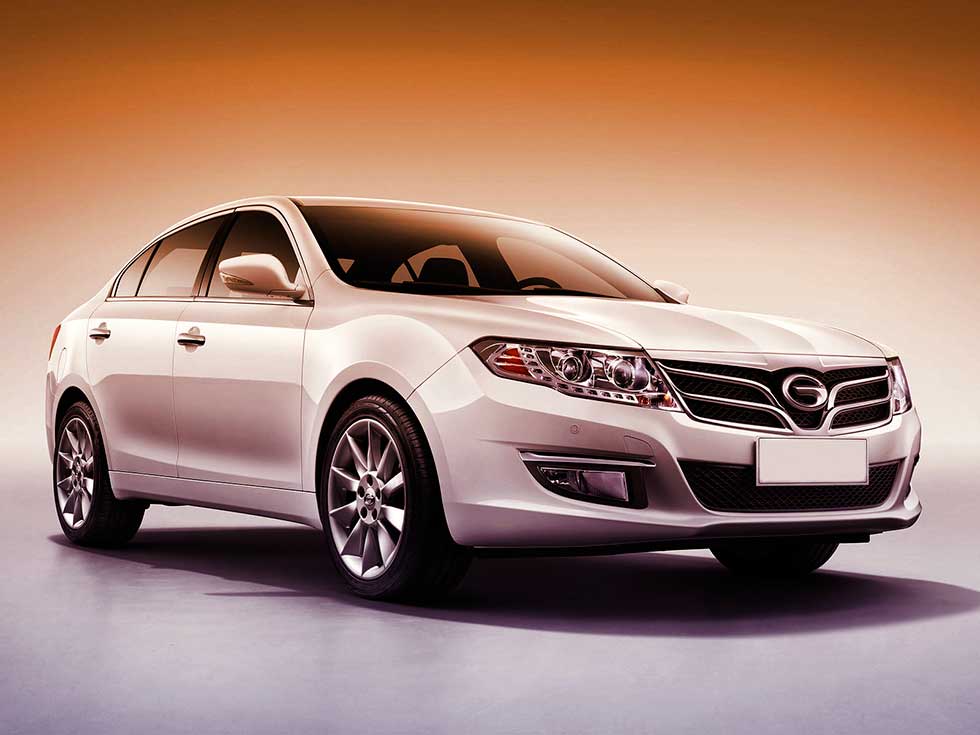
THE FINER POINTS
1 It may be a big saloon but the glorious engine will rev to a heady 7000rpm, and you’ll see 152mph flat out.
2 This was the era of button-happy toys in luxury barges but, in true Italian fashion, Alfa Romeo pull it off with a hefty dose of well-honed style.
3 One of the few indications that you’ve got something special under the bonnet.
4 A touch of quality stitching to the seat back raises the mood inside the 166.
5 For such a large car, the steering is properly engaging.
6 Six-speed gearbox is a pleasing change to the luxu-barge automatic formula. You could only get the 3.2-litre V6 with a self stirrer. If you wan’t an auto you’ll have to choose from 2.5-litre or 3.0-litre V6 Power-plants.
7 Lusso spec means lovely multispokes.
